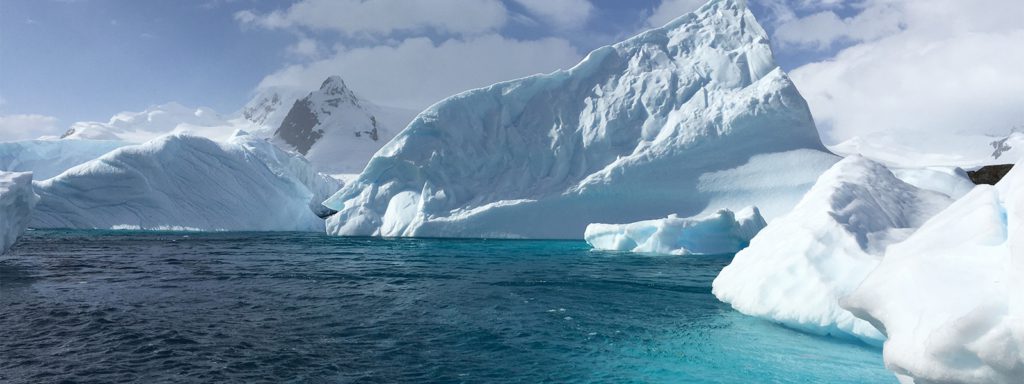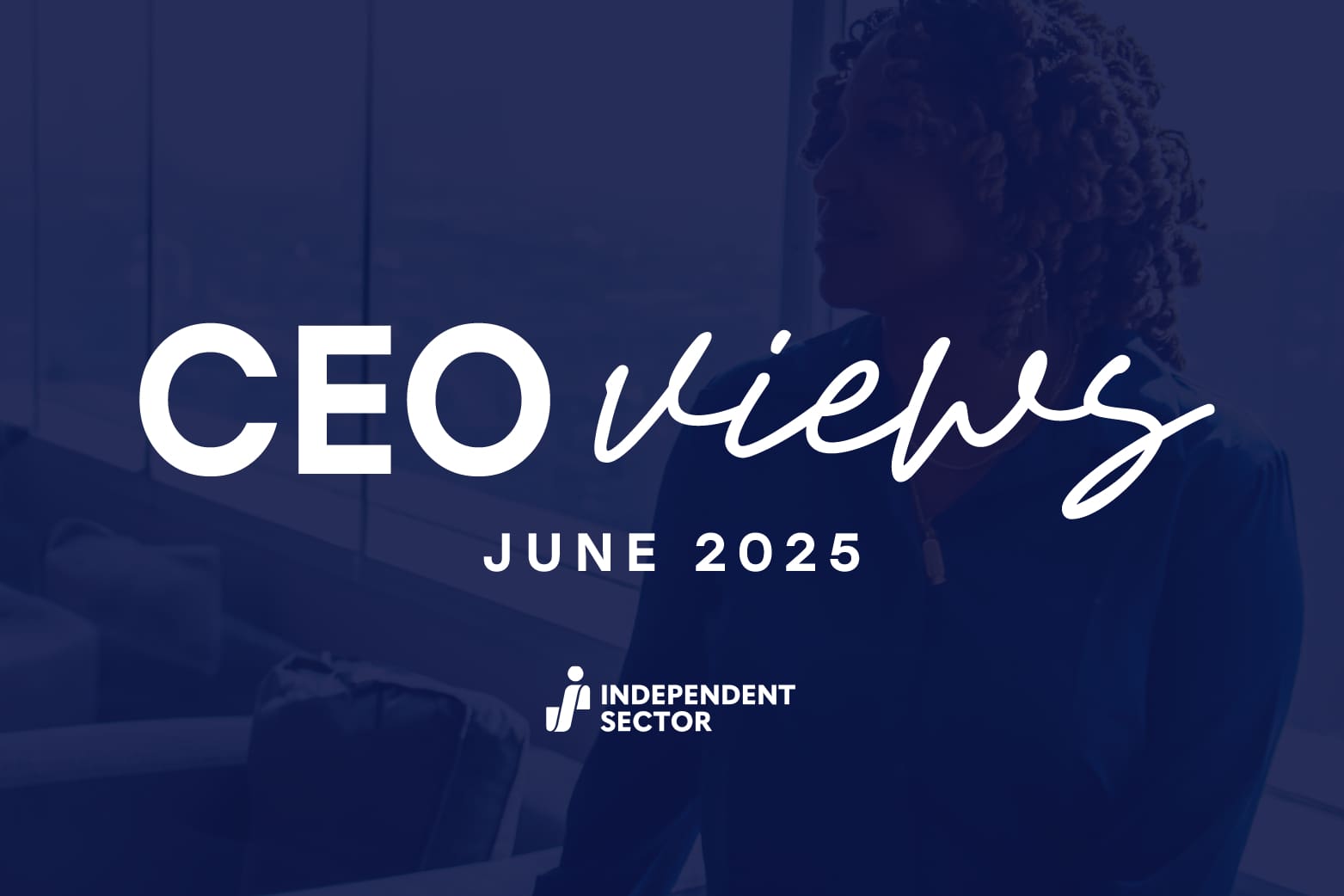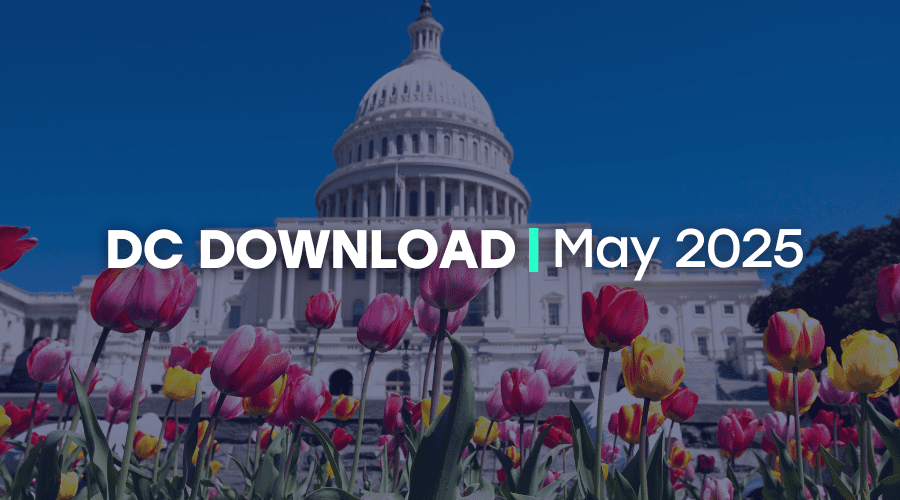By Jacqueline Brennan
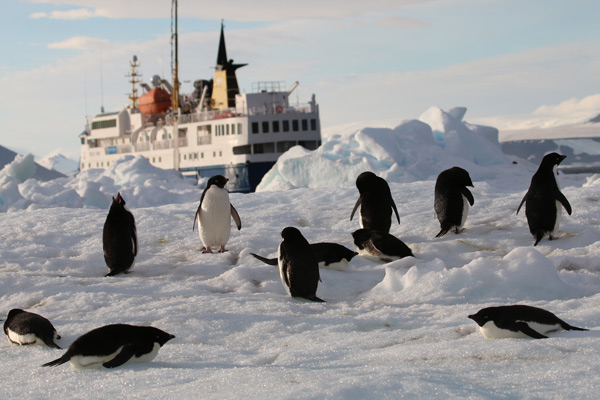
Adelies on ice floe with ship PHOTO: Jennie Miller, Detroit Zoological Society
Detroit Zoological Society Executive Director and CEO Ron Kagan last visited Antarctica in February of this year. His affection for the Antarctic is evident when he describes the scale of the continent.
“Icebergs can be easily the size of the largest building you can think of and you know that 80 percent of it is below water. Some of these masses are several miles thick—so the scale is hard to comprehend and difficult to describe adequately.”
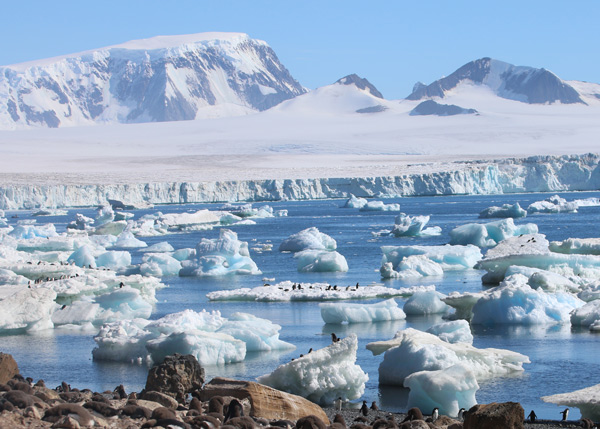
Penguins at Brown Bluff PHOTO: Jennie Miller, Detroit Zoological Society
And yet, Kagan’s Detroit Zoological Society strives to animate that for the public in communicating the poignancy of climate change in Polar Regions.
“What happens in ecosystems is complex – so much so that it can be difficult to explain to the public,” Kagan says. “It’s not simply, ‘everything is falling apart.’ It’s that things are changing dramatically and much too quickly, which harms many, many systems and species, but it may also help some.”
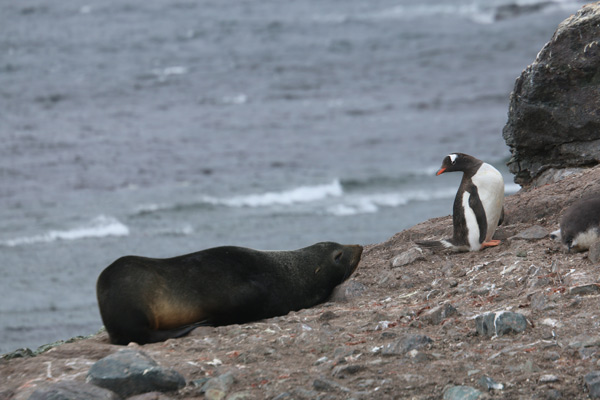
Gentoo and fur seal PHOTO: Jennie Miller, Detroit Zoological Society
Kagan and his staff emphasize accuracy in discussing the effects of climate change. “Most people talk about it as a gigantic disaster…and it’s either imminent or coming soon,” Kagan says. “For us, it’s more complicated.”
“Climate change, like every other change in environments, tends to lead to both winners and losers,” Kagan explains. “So there will be a lot of losers in all of this, and many penguins will be among those losers. But not necessarily all.”
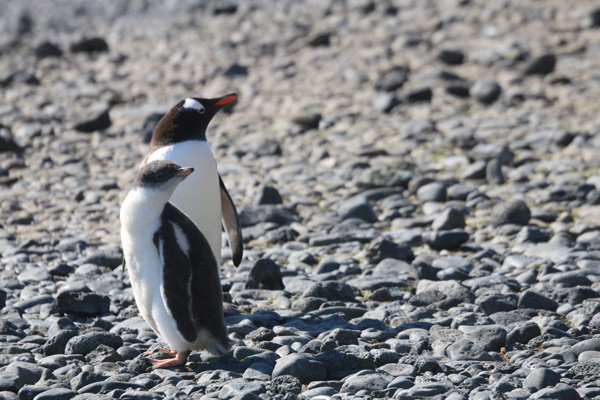
Gentoo penguin and chick PHOTO: Jennie Miller, Detroit Zoological Society
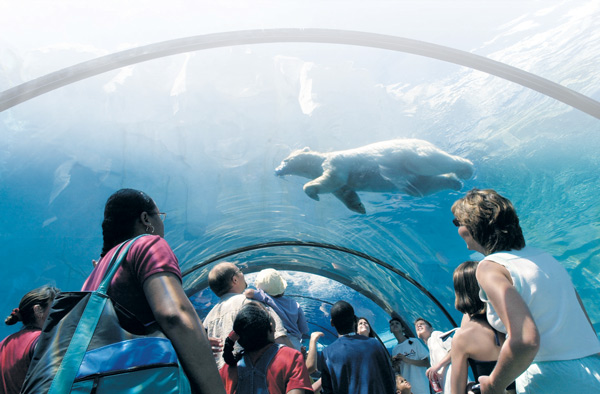
Visitors and Tundra the polar bear in the zoo’s Polar Passage in the Arctic Ring of Life facility PHOTO: Donna Terek, Detroit Zoological Society
Among some of the newest residents in the zoo’s acclaimed Polk Penguin Conservation Center are 20 gentoo penguins. Gentoos are among the Antarctic’s generalist species that are thriving as specialist species like Adélies experience a very stark decline on account of climate change. The notion of a zoo in Michigan housing penguins not previously bred begs an appropriate question: How does a zoo go about acquiring a population of penguins?
Kagan explains that zoos have become extremely proficient at captive breeding and now almost never take animals out of the wild. “Having said that, the animals in Antarctica would probably love it if we did,” Kagan adds with a touch of humor. “Watching penguins there—fighting off leopard seals and killer whales in horribly cold and harsh conditions, food shortages and everything else…it’s easy to feel bad for them.”
“You can tell we’re focused on Polar Regions—not exclusively—but that is not by accident. It’s in part because we had a lot of previous expertise, but also in part because of the poignancy of the issue of climate change…We believe the single most important issue is protecting biodiversity. There is far more dialogue in the public space now about climate change than there is biodiversity, and they are of course related.”
Before explaining the link between biodiversity and climate change, Kagan intimates his frustration—shared by many others in his community—on the subject of climate change. “There is denial and there is massive confusion that seems to be intentionally created, but there is no debate among the people who are qualified to talk about it,” Kagan says, “And that’s pretty disturbing when you know that half the public doesn’t know what to think.”
“I can’t say that we’re going to save biodiversity, but I can say that we are going to do everything in our power to help that cause and, therefore, it’s a journey,” Kagan says.
“I think the public and society in general are realizing that the time for animal circuses has long come and gone and that the time for zoos to be very actively and effectively contributing to conservation is here and now.”
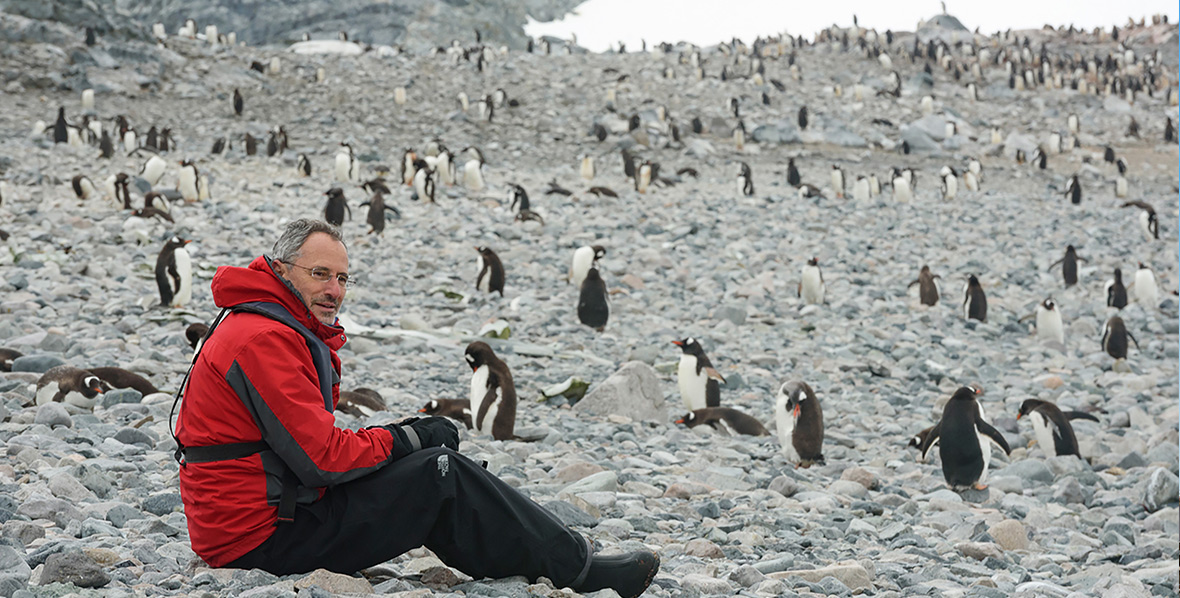
Ron in Antarctica PHOTO: Rodrigo Moraga
Ron Kagan is the CEO at IS member, Detroit Zoological Society—an organization that he describes as “first and foremost, a conservation, animal welfare, science, and education organization.” The DZS’ two physical facilities – the Detroit Zoo and Belle Isle Nature Zoo – constitute the number one single paid tourist attraction in the state of Michigan.
In addition to manning the helm of the DZS’ holistic effort to educate the public about biodiversity and ecological responsibility, Kagan is also part of the IS Board that synthesized the nine trends that chart the evolving context for the charitable sector over 20 years—a mix of assumptions and uncertainties that have been featured in every edition of ISQ to date. When asked how the IS Board cited climate change among those trends, Kagan responds, “The question is ‘how did we come up with this?’ The reality is we didn’t. We were listening. And I think that’s an important thing for organizations like IS to do—to listen to the voices of the field.”
Kagan’s organization is known internationally for their emphasis on Polar Regions—areas where the effects of climate change are arguably most visible. Many of his colleagues from the Motor City have periodically voyaged to Antarctica for research. Their work in Antarctica —images from which have been shared with us for this edition of ISQ—have shaped and informed the zoo’s Arctic Ring of Life facility (home to polar bears and seals) and the Polk Penguin Conservation Center.
Jacqueline Brennan is the associate for social media and web at Independent Sector.
